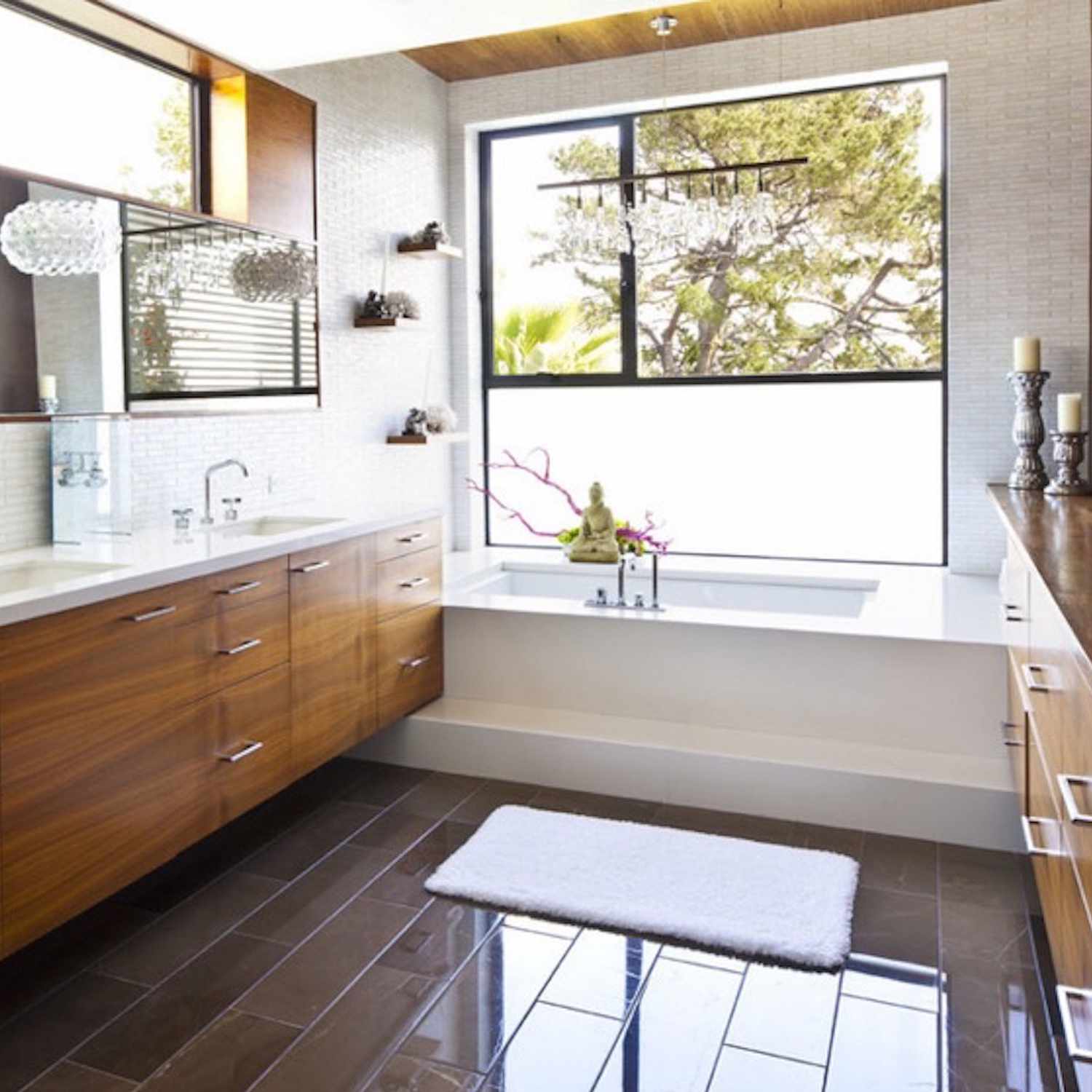I couldn’t process your entry.
Please reload and retry in a moment.
Please reload and retry in a moment.
Please reload and retry in a moment.
22nd Dec 2020

Too high humidity fills the bathroom with an unpleasant odor, causes mold and mildew, and contributes to the appearance of bugs and other insects. Additionally, it is uncomfortable and impossible to relax in a damp bathroom. You should also know that the consequences of increased humidity can have a negative effect on your health. That’s why it is important to deal with high humidity and prevent its recurrence. In this article, we will tell you how to get rid of the increased humidity in the bathroom.
Increased humidity in the bathroom is most often caused by water and poor ventilation. The moisture that accumulates in the air simply doesn’t have enough time to disappear. Dampness can be caused by open containers of water in the bathroom or a large amount of wet laundry that is dried in the bathroom after washing.
The other reasons for increased humidity in the bathroom include improper finishing without treating the walls with antifungal and antiseptic compounds, frequent flooding of the basement of the house, and insufficient heating in the apartment. Moisture is exacerbated by faulty installation, damaged building joints, and poorly insulated external walls.
Most often, people who live in corner apartments complain about high humidity because two outer walls at once adjoin the street. The corners often freeze and damp. As a result, an unpleasant odor and mold appear, the wallpaper peels off, and the tiles fall off. If you are renovating an apartment, use one of these ideas for bathroom windows that can help reduce the humidity.
To remove the smell of dampness and musty, don’t dry the laundry in the bathroom. Wet clothes, linen, and towels can contribute to the development of unpleasant aromas and increase the humidity in general.
Dampness in the bathroom may appear due to insufficient heating during the cold season. In this case, provide additional heat sources.
Poor ventilation in the bathroom can also produce an unpleasant, musty odor. In this case, you can check the draft and, if necessary, clean the ventilation ducts.
Dehumidifiers are special devices that will help get rid of high humidity and the smell of damp in the bathroom. You can find them in supermarkets and specialty stores.
Instead of special dryers, you can install a towel dryer. It is convenient to hang and dry towels on the device, while it will additionally heat the air and help reduce humidity in the bathroom.
Salt and sugar effectively absorb moisture. This meanest that you can put containers with these bulk products in the bathroom and change salt or sugar when they become wet.
If you plan to renovate, use mineral-based materials. They absorb excess moisture effectively and don’t contribute to the formation of a greenhouse effect. Don't forget to treat walls, floors, and ceilings with antiseptics.
After taking a bath or shower, leave the door open for at least half an hour. You also need to ventilate the bathroom regularly, because excessive moisture can be easily removed with the help of fresh air. That’s why it is recommended to leave the door open overnight.
Excess humidity and a lack of air circulation can lead to the appearance of fungus or mold. Black and gray spots or greenish or black plaque can not only spoil the aesthetics of the bathroom but also negatively affect the health of people and pets. The fungus leads to the development of allergies, respiratory diseases, and skin problems.
Even if you regularly wipe the tiles or other finishes in the bathroom dry, moisture remains in the joints, under the ceiling, and in other secluded places. That’s why you need to ventilate your bathroom regularly to prevent mold and mildew growth. You can also wipe moisture from shelves, floors, and ceilings to avoid moisture accumulation.